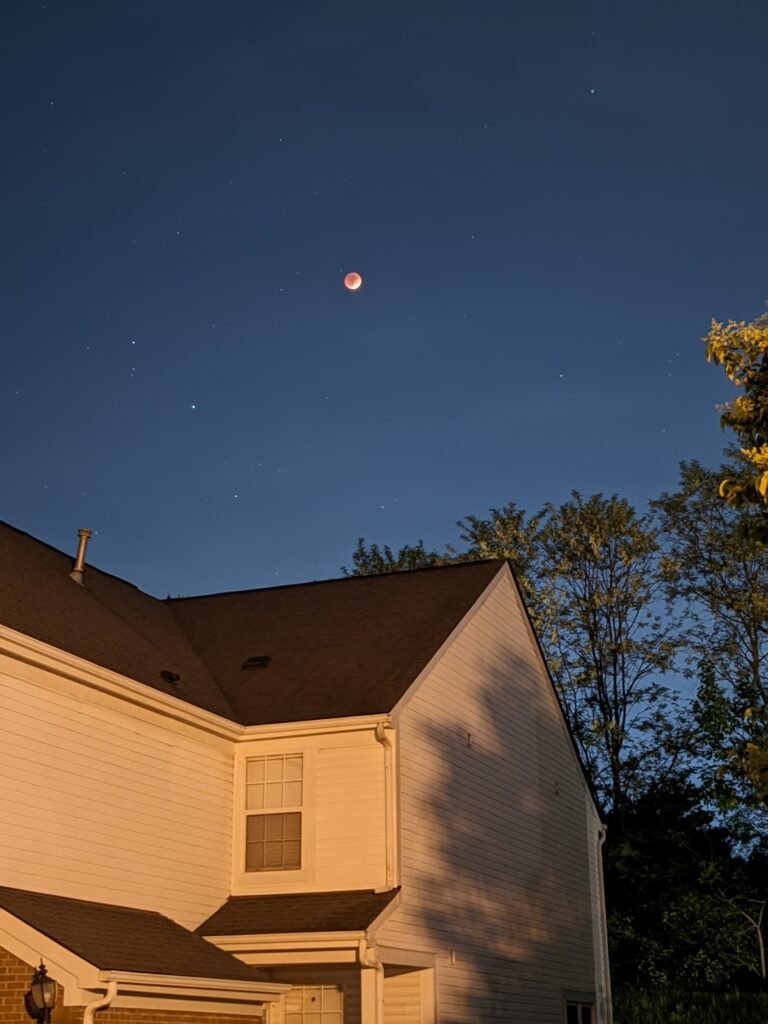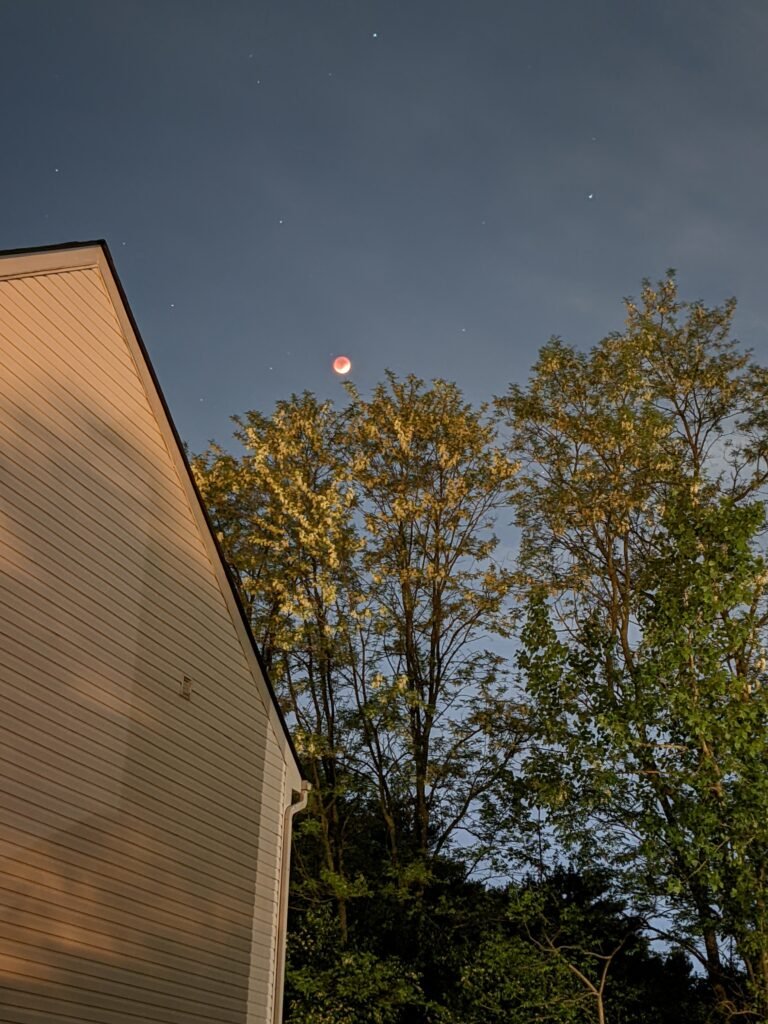
A Big Week for Astrophotography
If you’re into space porn, the past week has really been good for you.
We’ve followed the James Webb Space Telescope to its new home at a Lagrange Point in the expanse since its launch on Christmas Day 2021. This incredible instrument will soon permit us to peer deeper and more clearly into the cosmos than ever.
At the end of April, NASA finished the alignment of the telescope, which allowed them to begin testing the equipment. Though we will not start spying on stars earnestly until the summer, testing the equipment means a trickle of imagery from Webb has begun! NASA recently released some of Webb’s inaugural captures.
And this first taste is a beauty:

The image sharpness check greeted us with a set of gorgeous glints and opulent oranges.
NASA aimed the telescope at the Large Magellanic Cloud, a galaxy that orbits the Milky Way. To elucidate exactly how much more clarity we will receive from the Webb, the agency released a side-by-side comparison of images from the new toy and an older telescope, the Spitzer Space Telescope.
If these types of photographs are in our future, we are in for a wonderful journey:

Not to be outdone by something orbiting it, the Milky Way itself provided an astonishing presentation recently.
We know the core of our galaxy features a massive black hole. We call her Sagittarius A*. A couple of months ago, we got to see unbelievable images produced by a radio telescope in South Africa of bizarre “strings” that inhabit the Milky Way. And, in 2019, we received an image of a black hole in a galaxy called Messier 87, but we had never had images of Sagittarius A* herself.
Researchers with the Event Horizon Telescope collaboration remedied that lack last week. For the first time, we can take a peek at the center of our very own galaxy.
Once again, those fiery hues light up the imagination:

Have you seen a more alluring “blurry” picture?
As comely as Sag appears here, in August, we will focus the James Webb Space Telescope on our black hole. Perhaps even greater images will soon appear!
Much closer to home, the skies gifted humans across a large swath of the planet a delight over the weekend. Just a half-year ago, a lunar eclipse dazzled us. Our good fortune continued, as another full eclipse transpired. With the advancement of everyday camera technology, citizen astrophotographers across the globe document our celestial events with ever-increasing skill and creativity.
This most-recent eclipse was a showstopper, too. Because of the alignments of the bodies, the length of totality during this iteration was nearly 90 minutes!
Check out some stunning photographs:




When totality sets in on a lunar eclipse and our satellite turns a bloody shade, it’s a magical moment.
At TMAC HQ in Central Ohio, the clouds held off just long enough to view the entirety of totality and both ends of the partial portions (the last penumbral part faded behind incoming storms). We fiddled a bit with Night Sight on our phone cameras and managed to snag a few decent images of the eclipse. Incredible how far our accessible photographic equipment has come!



If you wanted to stay up to see the eclipse, I hope the weather cooperated for you, unlike the poor souls in the Pacific Northwest.
Here’s one image someone captured of the spectacle there:

Even if your experience was subpar, these images produced from the heavens in the recent past are exquisite! We look forward to more from Webb in the summer!
Further Reading and Exploration
NASA’s Webb In Full Focus, Ready for Instrument Commissioning – NASA
MIRI’s Sharper View Hints at New Possibilities for Science – NASA
Press Release (April 10, 2019): Astronomers Capture First Image of a Black Hole – Event Horizon Telescope
Full lunar eclipse creates rare super blood Moon – BBC
NASA Livestream of Total Lunar Eclipse













